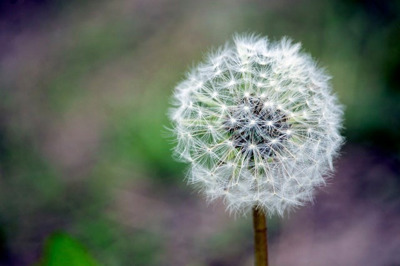
About self-harm
Self-harm describes a wide range of behaviours that people sometimes use to cope with difficult feelings and distressing life experiences. These behaviours may include cutting, burning, scalding, banging, scratching, pulling hair or swallowing objects or poisonous substances. The majority of people who self-harm have no intention of ending their life. Most people who self-harm do it to cope with, and manage, their difficult feelings.
To help us understand why people self-harm, it may be useful to think about other ways people cope. While some people cope with feelings of stress, anger and frustration by having a glass of wine or smoking cigarettes, others manage similar feelings by self-harming.
Self-harm is an issue for a lot of children and young people, and many adults find it challenging to deal with. It is very difficult to say exactly how many children and young people self-harm, as they often hide this behaviour and don’t tell anyone about it. The average age self-harming starts is 12 years old, and girls are more likely to self-harm than boys. There are many other groups at increased risk of self-harming including children and young people who have learning disabilities, are in care, or have friends who are self-harming.
How self-harm works for people
However negative and self-destructive it may seem to hurt your own body, for some children and young people self-harm can serve many important functions. Self-harm is primarily a way to cope, and in some cases it may feel like the only way to deal with their extremely distressing feelings.
Children and young people say self-harm works in the following ways:
Control
It is likely that most of the reasons for self-harm are underpinned by a desire for control. Self-harm is a way of regaining control, by controlling the injuries to their own body. Determining the nature, where on the body, timing and severity of self-harm is a way of staking claim to their own body.
Relief of feelings
Through hurting themselves, they may be able to release feelings that feel unbearable when held inside.
Distraction
Self-harm can help them cope by providing a distraction. The physical pain and injury take the focus away from an emotional pain that feels much worse.
Self-punishing
They may have feelings of self-hatred or self-blame. When these feelings are very powerful, they may use self-harm to punish themselves. This may help reduce their guilt.
Cleansing
They may see themselves as dirty, often as a result of abuse. Self-harm may be a way of symbolically ridding themselves of the contamination they feel.
Communication
Self-harm is primarily carried out to regulate feelings rather than to gain a response from others - they may never show or tell anyone else about their injuries. However, self-harm may also be a way of trying to communicate feelings without using words.
Comfort and nurturing
Self-harm can provide a release of tension which can be experienced as calming or comforting. It can also provide an opportunity to self-soothe or seek care and nurture from others.
Making your body unattractive
Sometimes they harm themselves to make their bodies unattractive in the hope this will keep others away, particularly when they fear someone who abuses them sexually.
Feeling real or alive
Sometimes their life experiences leave them feeling numb, dead or unreal. Hurting their own body is one way of breaking through these feelings and actually experiencing something that makes them feel alive again.
Things to think about
Children and young people who self-harm often carry feelings of shame, guilt, self-hatred, anger, frustration and isolation. However, there is a common misconception that children and young people who self-harm are attention-seeking. In reality, most children and young people who self-harm do it in secret. Labelling someone as attention-seeking only serves to further their feelings of shame and guilt, this may make the self-harming behaviour worse.
There are many different reasons why a child or young person self-harms. In trying to understand why, ask yourself the following:
- Is the child or young person being bullied?
- Have they suffered sexual, physical and/or emotional abuse?
- Have they lost a parent through death or separation?
- Are they in conflict with parents or other family members?
- Do they have a chronic illness or disability?
- Are they being subjected to excessively high expectations?
- Are they worried about school work and exams?
- Do they have issues around their race, culture or religion?
- Do they have issues around their sexuality?
- Is there a possibility they have an unwanted pregnancy?
- Have they experienced a loss or bereavement?
- Have they experienced the self-harm or suicide of someone close?
- Are they feeling isolated?
- Do they have low confidence or sense of self-worth?
Think about your response
Self-harm in children and young people can lead to strong feelings of anxiety, fear and frustration in the people who are trying to support them. It is really important that you manage your feelings when supporting a child or young person who is self-harming. To help you do this, don’t focus too much on the self-harming behaviour and ensure that you respond to the child or young person and the issues underlying the self-harm.



